Bamboo toilet paper is an excellent choice for an environmentally conscious consumer. However, if you have a septic system in your home, you’ll agree that no regular toilet paper is suitable. You’ll need septic-safe toilet paper to work with a septic system.
Septic systems are a great addition to your home’s plumbing system. However, their working process is very sensitive. And any clogs in the septic system can cause problems. Sometimes, these problems will require much time, money, and energy to fix.
Research says 21 million houses use septic systems in the US. So, while bamboo toilet paper is great for the environment, you need to know if it’s a septic-safe toilet paper.
This article explains how bamboo toilet paper works in septic tanks and how they break down.
JUMP TO: Working of Septic System | Mechanism of Toilet Paper Break Down | Factors Affecting Toilet Paper Break Down | Benefits of Bamboo Toilet Paper |
- Bamboo toilet paper is a septic-safe toilet paper
- It takes around a year for bamboo toilet paper to decompose completely
- Bamboo toilet paper can still clog a septic tank in rare cases
- Bamboo is the fastest-growing plant in the world, which makes it readily available.
How Do Septic Systems Work?
Before I explain how bamboo toilet paper breaks down in septic tanks, it’s essential to understand how septic tanks work. Septic tanks work to treat wastewater before getting it out of the system.
When wastewater gets into septic systems, the system holds the wastewater for a while. During this period, the solid waste settles to the bottom of the septic tank, while oil and grease stay at the top.
After that, the water in the system goes into the drain field, usually made of soil. Most systems contain an outlet that stops the solid and oil wastes from leaving the septic system with the water.
Some necessary bacteria in septic systems work to break down the solid into liquid before they move out of the system. Bamboo toilet paper will first be a solid item in septic systems when it dissolves in water.
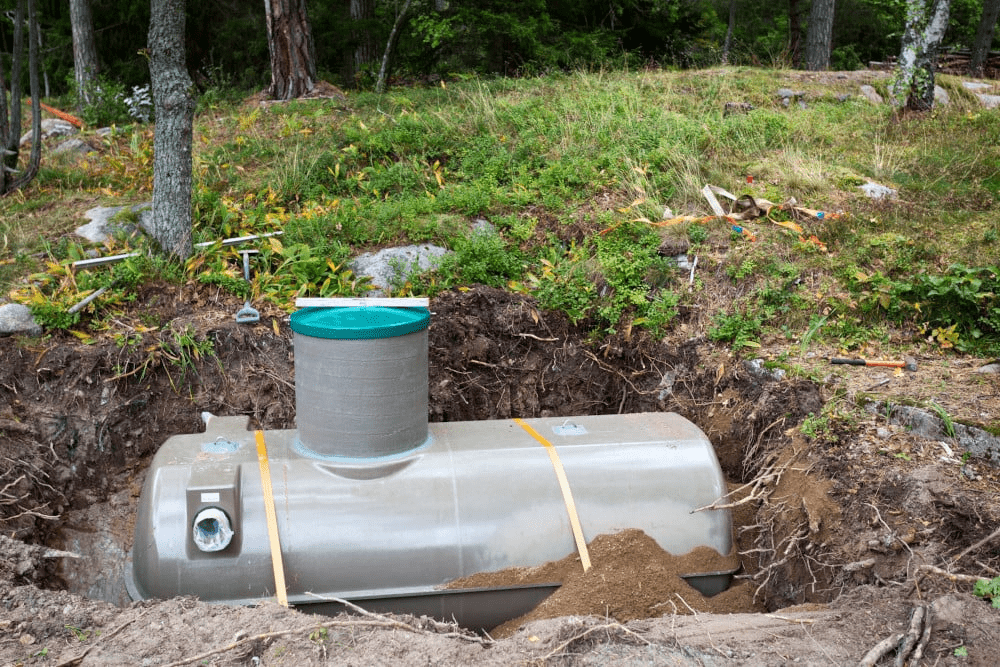
Source: rethinkrural.raydientplaces.com
Note: Solid waste in septic systems is sludge, while the oil and grease are scum.
Parts of A Septic Tank
Septic systems perform excellently well because of the different parts. Septic systems are a great addition, from separating the mix into solids to oils and other forms.
Some of the main parts of main septic systems include:
- The septic system itself. This part is usually made of concrete and is six feet from the home.
- The drain field: This is the destination of the water leaving the septic systems.
- The exit pipe is where wastewater will pass to leave your home into the septic system, then out of the system.
- The soil: This is the final destination of the wastewater from the septic system. This soil has a lot of bacteria to remove dirt from the wastewater before it mixes with groundwater.
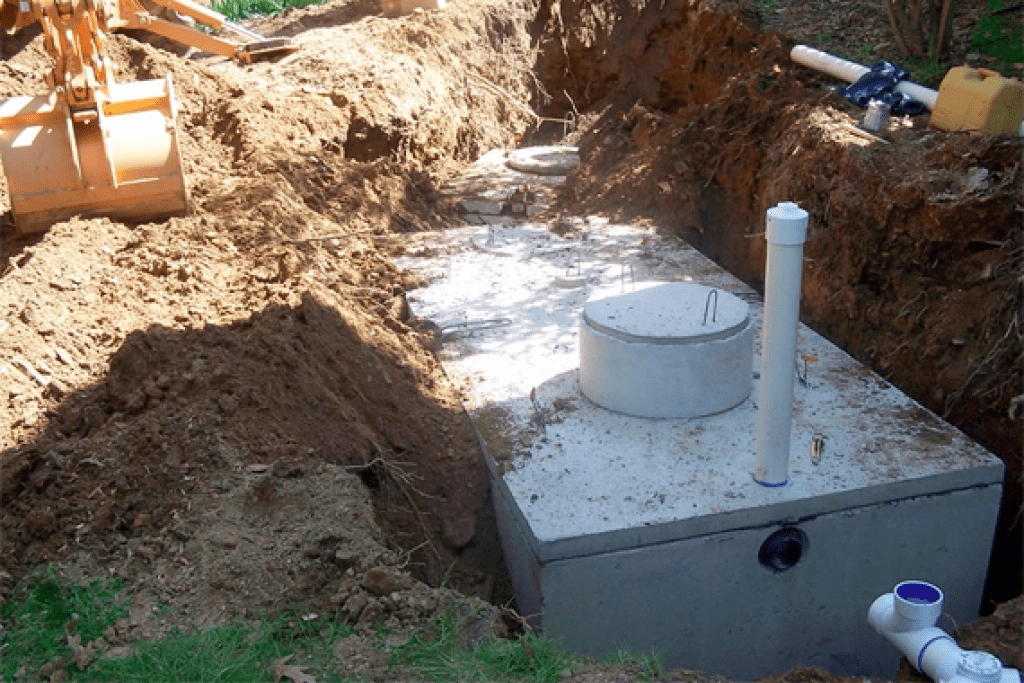
Source: houselogic.com
Note: The edit pipe has an outlet with a T-shape that stops the scum and sludge from passing through the septic system.
How Does Bamboo Toilet Paper Beak Down?
Now that you understand how the septic system works, you need to know how bamboo toilet paper breaks down in a septic system. First, you need to understand the manufacturing process of bamboo toilet paper.
Bamboo toilet paper undergoes the same manufacturing process as regular toilet paper. The only difference is a bamboo plant is a source instead of wood chips used for regular toilet paper.
Another difference in the manufacturing process of traditional toilet paper and bamboo products is the absence of chlorine bleach in the production of bamboo toilet paper.
The production process of bamboo toilet paper involves bamboo plants and other sustainable materials. These sustainable materials ensure that bamboo is perfectly biodegradable. That means the anaerobic bacteria in septic systems are sufficient to decompose bamboo toilet paper.
Apart from bamboo toilet paper decomposing faster than traditional toilet paper, it also breaks down more than recycled paper. Recycled toilet paper can be made from any old paper into new toilet paper.
The problem with recycled paper and other traditional toilet paper is they don’t dissolve completely. Over time, and after continuous use of toilet paper, it will cause clogs.
CAUTION: The thickness and roughness of recycled toilet paper mean it’s not septic-safe. Recycled toilet paper may be eco-friendly, but it isn’t septic-safe.
Bamboo and Environment
It is eco-friendly, from the source to the production and decomposition of bamboo toilet paper.
First, bamboo is considered a grass, not a tree. So in making bamboo toilet paper, you’re not cutting any trees. This is in addition to the fact that it’s a chemical-free toilet paper.
Also, bamboo is the fastest growing plant – whether grass or tree. According to the Guinness World Record, a bamboo plant grows up to thirty-five inches in one day. That means if you make bamboo products with a single bamboo plant, another grows faster.
This goes on to prove the eco-friendliness of bamboo as toilet paper.
Apart from the eco-friendliness of the source, bamboo toilet paper is also environmentally friendly for production. You only need bamboo pulp, sugar cane, and other materials to make sustainable toilet paper.

Factors Affecting How Bamboo Toilet Paper Break
I have explained that bamboo toilet paper is a septic-safe toilet paper. However, that doesn’t mean bamboo toilet paper can never clog pipes or a septic tank. Of course, it’s unlikely that bamboo paper will clog pipes in your septic system.
Don’t get it wrong – bamboo toilet paper is the best for a septic system. Not only is it the best toilet paper, but it also doesn’t contain any harsh chemicals.
However, bamboo toilet paper takes a little while to break down completely. According to experts, a bamboo toilet paper breakdown can take a year. If the bacteria in the septic tank still work well, it will be a shorter period.
One year may seem like a long period, but when you compare it with other toilet papers, you’ll know it’s fast. Before the year is complete, only a negligible part of the bamboo paper will remain.
Some factors contribute to how fast bamboo toilet paper break down period in a septic system. Some of these include;
CAUTION: Caustic soda is excellent at increasing the rate of toilet paper breaking down. However, it would be best to be careful about introducing it into the septic tank.
The paper Layer
Generally speaking, the number of papers on a bath tissue is one of the parameters used to differentiate it. Based on the paper layer, there are three types of toilet paper :
- One-ply toilet paper
- Two-ply toilet paper
- Three-ply toilet paper
The number behind the ply indicates the number of layers the toilet paper has.
As you would expect, the smaller the layer of toilet paper, the faster it would dissolve. A bamboo toilet paper can be either one of the three-ply toilet paper.
However, the two or three-ply bamboo toilet papers will take longer to dissolve than the ones with a single layer.
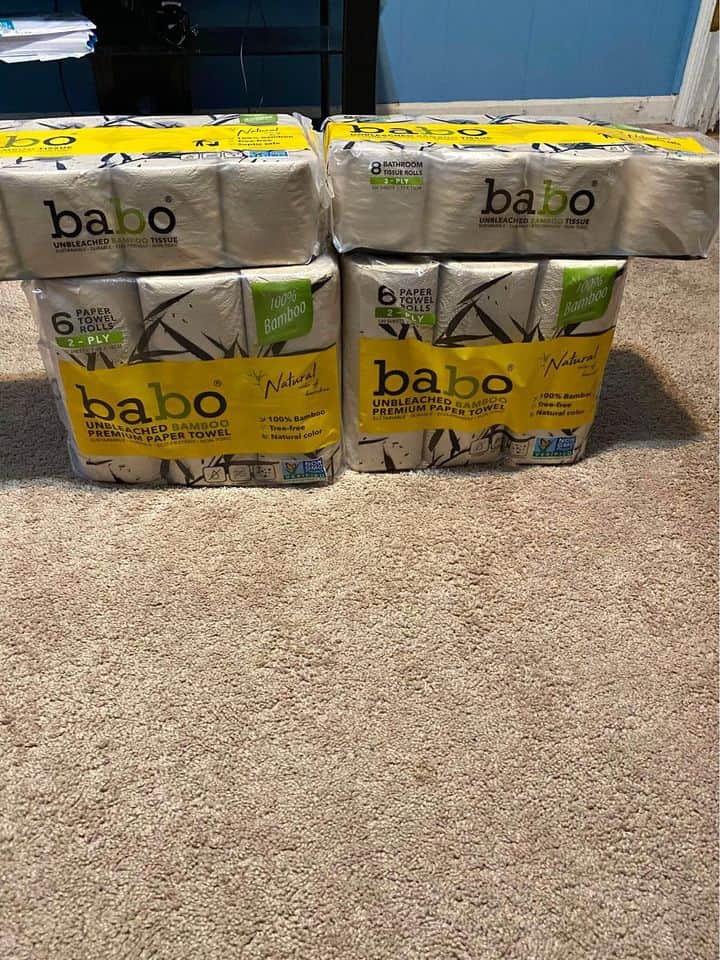
The Usage Frequency
Usage is the main factor that can make bamboo toilet paper a problem for sewage systems. The more bamboo toilet paper gets used, the more it enters the septic system.
As I have mentioned earlier, it takes a year for one bamboo toilet paper to decompose completely. Now, if multiple bamboo toilet paper sheets go into the septic tank at a go, it will take longer for each paper to decompose. But if you have a few sheets, it’s safer.
This usually happens when you buy mega rolls of bamboo paper or have kids around.
Note: The possibility of bamboo toilet paper causing clogs is low but depends on how many sheets dissolve.
Septic System
Every septic system contains anti-fungal bacteria that help decompose papers and other solid waste quickly. A septic tank in good shape will decompose bamboo toilet paper quickly.
However, if the septic tank isn’t in the best shape, it won’t work effectively. The bamboo toilet paper will eventually break down but it will take longer.
That’s why using ultra-thick toilet paper with a septic tank is unsafe.
Related Read: Does Toilet Paper Expire?
Other Benefits of Bamboo Toilet Paper
Bamboo toilet paper is an eco-friendly toilet paper that is septic-safe. It doesn’t have harsh chemicals but features soft fibers and other sustainable materials.
However, the eco-friendly feature of bamboo toilet paper is only one tiny bit among the many benefits of the paper. Some of the benefits include the following;
Curbs Deforestation
Yearly, millions of trees get cut down to make all types of toilet paper. According to multiple reports, the more trees get cut, the higher the risks of contracting zoonotic diseases.
If you choose bamboo toilet paper, you’re not only choosing sustainable toilet paper but saving yourself. The bamboo plant is a fast-growing grass that saves the deforestation problem.
Also, with more trees, there will be less CO2 in your immediate environment.
Great for Skin
If you have sensitive skin, having strong paper as your bath tissue isn’t enough. It would be best to have something strong and sensitive for your skin. At this point, whether you have scented toilet paper doesn’t matter.
Bamboo toilet paper is a soft and strong paper but has a gentle feel on your skin. It’s a great choice if you have sensitive skin. Its antibacterial qualities ensure it doesn’t pass dirt to your skin.
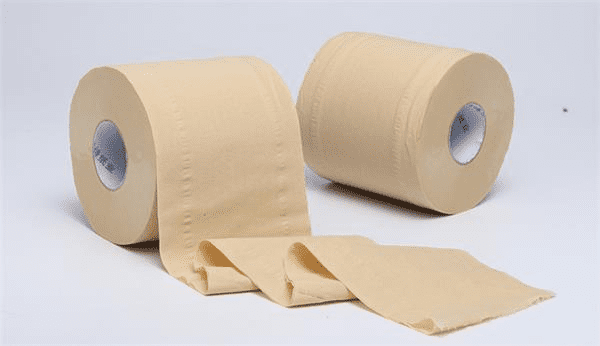
Source: made-in-china.com
Reduces Chemical Use
If you know how many harsh chemicals are inside your regular toilet paper, you will consider it the worst toilet paper. Traditional toilet paper, including recycled paper, has a lot of chemicals used during the manufacturing process.
Most manufacturers break their promises by claiming no chemicals in their toilet papers. On the other hand, bamboo toilet paper has a limited amount of chemicals used and is paraben free.
You won’t use much water while producing bamboo toilet paper.
Also Read: Can You Paint Bathroom Countertops?
Rapid Growth Rate Makes it Available.
The quick growth rate of the bamboo plant is among the main features that make it the best toilet paper to use.
Besides saving trees from extinction, we will have a lot of bamboo to use. You can replant more bamboo grass, and they’ll grow at the same pace as we cut down.
TIPS: You require less water for the production process of bamboo toilet paper.
Conclusion
Bamboo toilet paper is an excellent introduction to the rise of sustainably managed forests. Bamboo provides a good alternative to trees cut for making toilet paper.
It requires less space to plant and much more reduced time to mature. This ensures that we have enough bamboo that the world needs.
If you have a septic system, it’s probably the best toilet paper for such a situation. The quick period required for bamboo toilet paper to decompose in the septic tank.
From start to finish, bamboo toilet paper doesn’t require much input of chemicals to produce it. So if you care about yourself and the environment, bamboo toilet paper is the best choice.
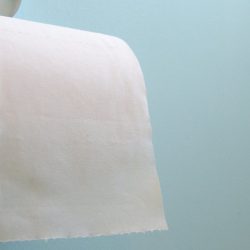
![Does Toilet Paper Dissolve in Septic Tank? [An In-Depth Analysis] Does Toilet Paper Dissolve in Septic Tank? [An In-Depth Analysis]](https://houseadorable.com/wp-content/uploads/2023/04/How-To-Dissolve-Toilet-Paper-In-A-Sewer-Line-250x250.jpg)
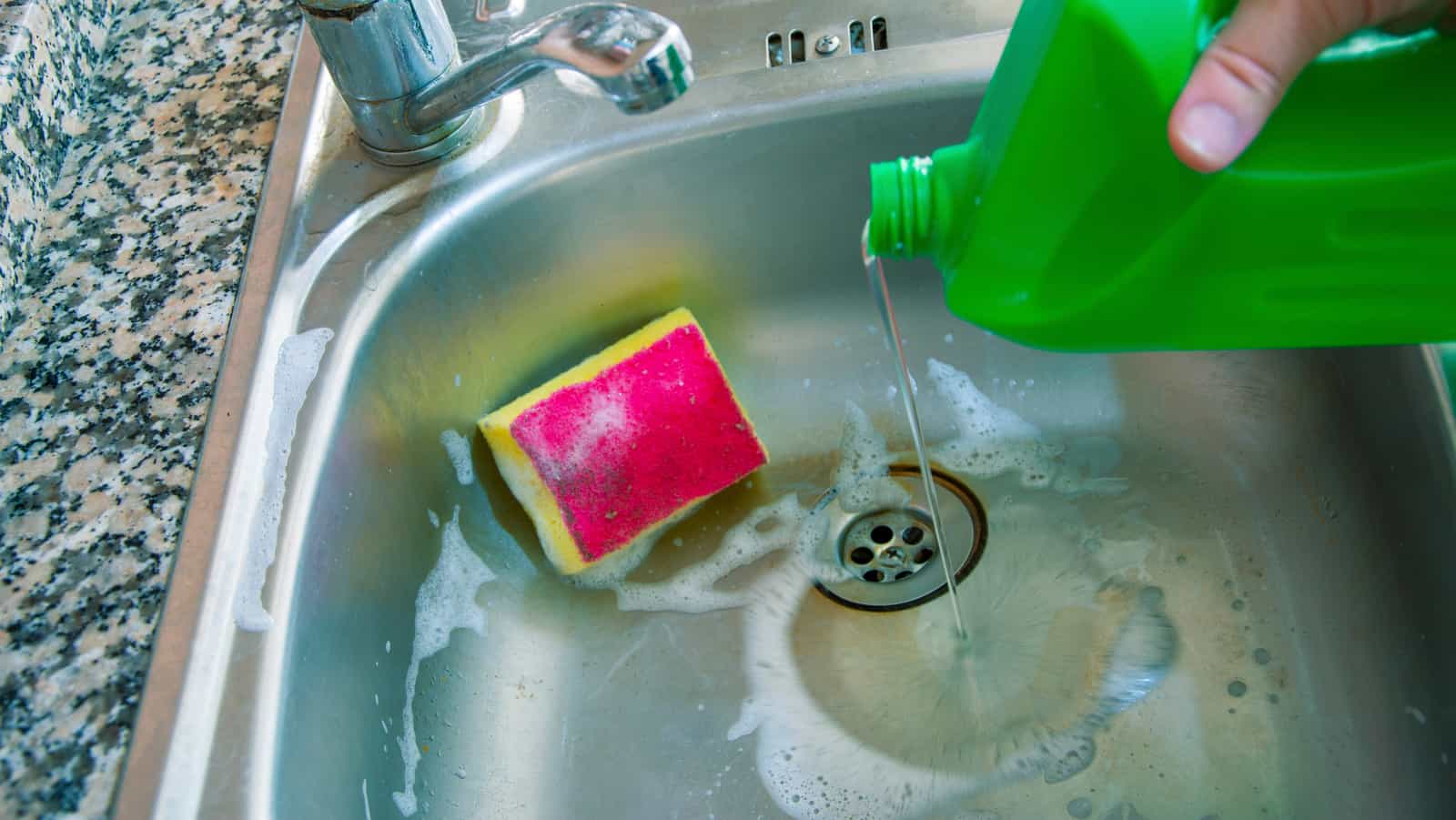
![Granite Vs. Marble Vs. Quartz Countertops [12 Differences+Pros & Cons] Granite Vs. Marble Vs. Quartz Countertops [12 Differences+Pros & Cons]](https://houseadorable.com/wp-content/uploads/2022/03/quartz-marble.jpg)
![Can You Put Drano in a Dishwasher? [Answer Explained] Can You Put Drano in a Dishwasher? [Answer Explained]](https://houseadorable.com/wp-content/uploads/2023/04/Article53.Photo1_.Original-250x250.jpg)
![Bamboo Vs. Wood Cutting Board [9 Differences Explained] Bamboo Vs. Wood Cutting Board [9 Differences Explained]](https://houseadorable.com/wp-content/uploads/2023/01/cutting-board.jpg)
![20 Types of Dormers and Their Architecture [Explained] 20 Types of Dormers and Their Architecture [Explained]](https://houseadorable.com/wp-content/uploads/2022/05/Dormer.jpg)
![Is Bamboo Wood Good for Cutting Boards?[8 Reasons Explained] Is Bamboo Wood Good for Cutting Boards?[8 Reasons Explained]](https://houseadorable.com/wp-content/uploads/2023/01/316002766_5887666997938019_9068589372518329358_n.jpg)